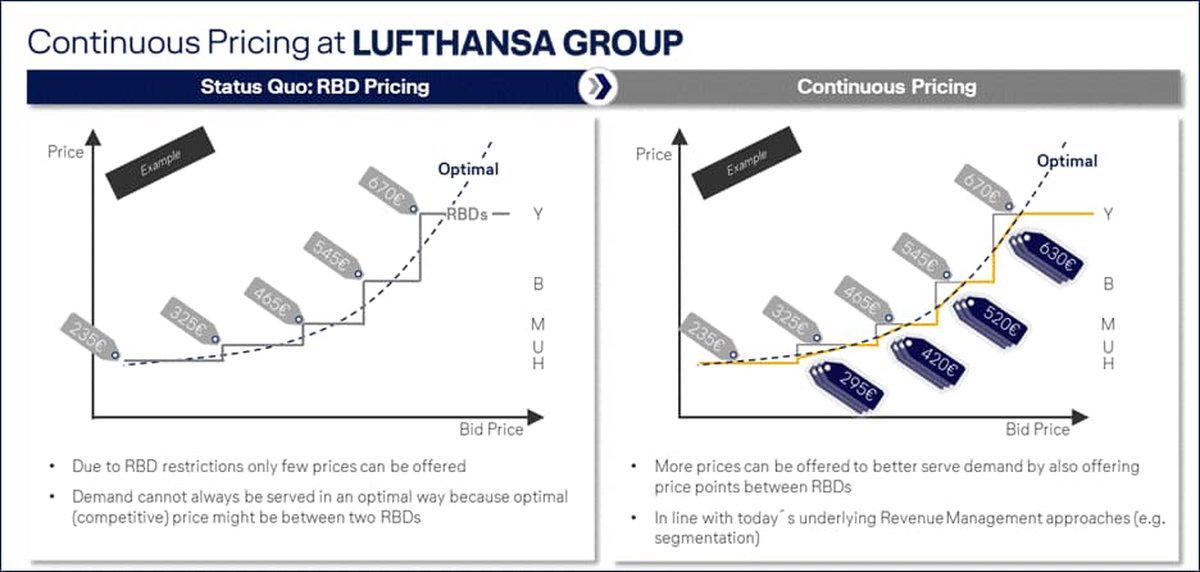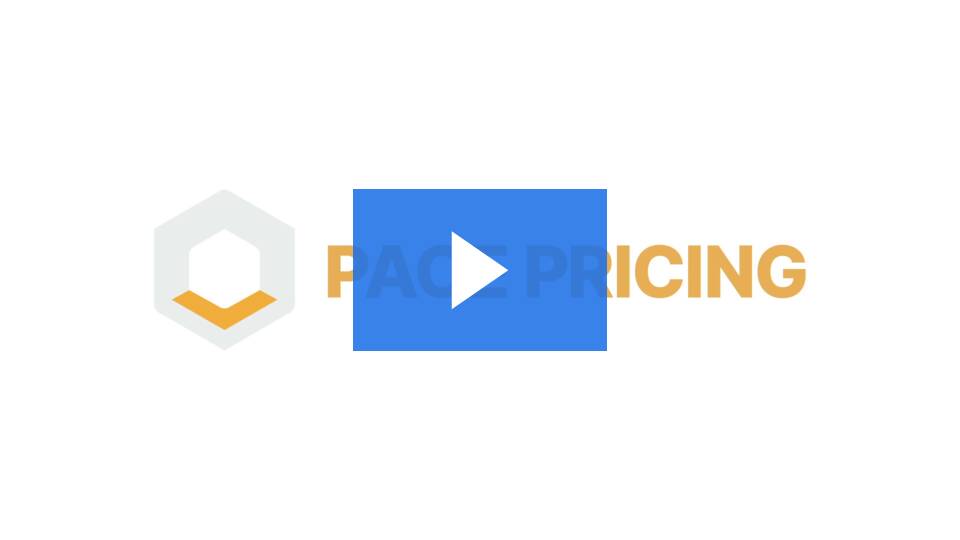We use a framework called Continuous Pricing and it’s not just a key component of our pricing algorithms but we believe it’s the future of all revenue management.
NB: This is an article from Pace Revenue, one of our Expert Partners
The trend is clear – even Airlines have recently started testing continuous pricing to help with recovery. Since the outbreak of COVID-19 revenue management has become increasingly uncertain in part because many predictions – based on what was seen, planned and forecasted before the pandemic – no longer apply.
Subscribe to our weekly newsletter and stay up to date

And airlines have been forced to shift from forecasting models that rely primarily on historical data to ones that analyse real-time demand. Hotels will have to make the transition as well…
So within the Continuous Pricing framework there are four components necessary for optimal pricing:
- Real-time. The RMS runs continuously, updating its underlying assumptions as soon as bookings or cancellations happen.
- Price paths. The RMS computes optimal price paths for the future and for every room-night.
- Probabilistic forecasts. This is a fancy way of saying that the RMS contains an understanding of uncertainty. This makes it possible to respond differently in a situation where you have high confidence compared to situations where you have low confidence. Again – this is important post-pandemic as uncertainty must now be baked into algorithms.
- Open pricing. There are no scientific restrictions on what the optimal price can be (obviously they can still be set manually). In other words, if £34.50 is the optimal price that’s what you should use, not some other price.
But you don’t need an RMS
So what about if you are not using an RMS that does Continuous Pricing? How can you incorporate these insights into your property? It’s harder but it’s certainly possible.
- Monitor your bookings as regularly as you can, maybe with alerts for unusual activity. Rate shoppers are not updated quickly enough, and even if they were, your competition might not update their prices regularly, so you need to react.
- Think about what you think you have achieved in the past in terms of occupancy and how you achieved it. Did you lower prices at the end? Did you keep your prices flat on average? Maybe try increasing your prices slightly towards the end of the booking period for those nights that are going as expected.
- Do forecasts! Even if it’s just looking at the same time last year! And equally important, keep a record of how well your forecast did in hindsight. If your forecast for Mondays is very good, you know where you’ll end up in occupancy, react if you’re not getting there. If your forecast for Tuesdays is bad, try to aim for somewhat higher occupancy than what your forecast says.
- Get rid of price buckets. Incrementally increase and decrease prices to see how they impact demand. After all, you are trying to hit a very fine balance, so it’s best to tune the price slowly.
These are some basic ways of getting a feeling for Continuous Pricing concepts but only by embracing the four elements at the same time can you ultimately expect the best results.






